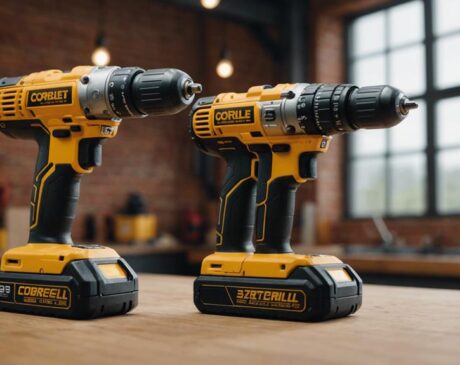Do Nail Drills Damage Nails?
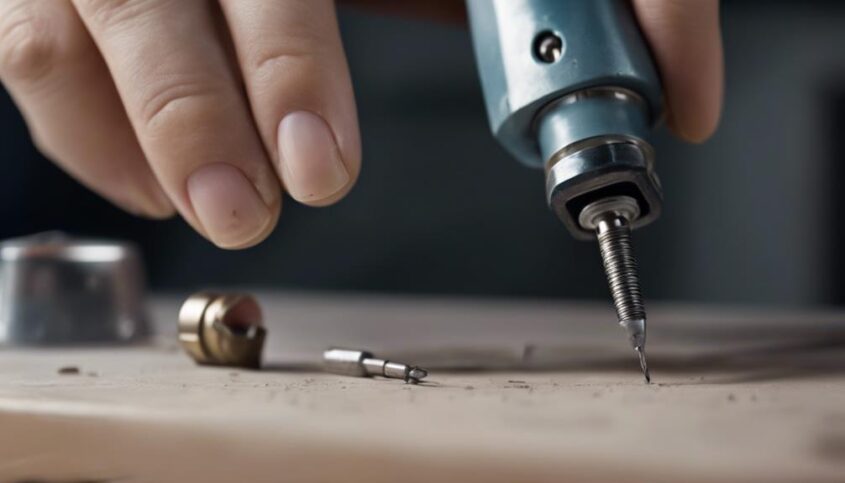
Improper use of nail drills can damage nails by causing thinning, heat buildup, and potential infections. Understanding the risks associated with nail drill usage is essential to prevent harm. By maintaining proper technique, adjusting speed and pressure, sanitizing equipment, and monitoring nail health, the risks can be minimized. Seeking professional advice for any unusual reactions is recommended for optimal nail care. Proper nail hydration, investing in quality tools, and taking breaks during drilling also help in preventing damage. For more details on how to safely use nail drills and minimize risks, explore the complete guide provided.
Key Takeaways
- Nail drills can damage nails if used improperly or excessively.
- Over-filing can lead to thin, weakened nails prone to breakage.
- Heat buildup from aggressive drilling can cause burns on the nail plate.
- Poor sanitization of drill bits can result in nail infections.
- Regular breaks, proper technique, and monitoring nail health can help prevent damage.
Understanding Nail Drill Basics
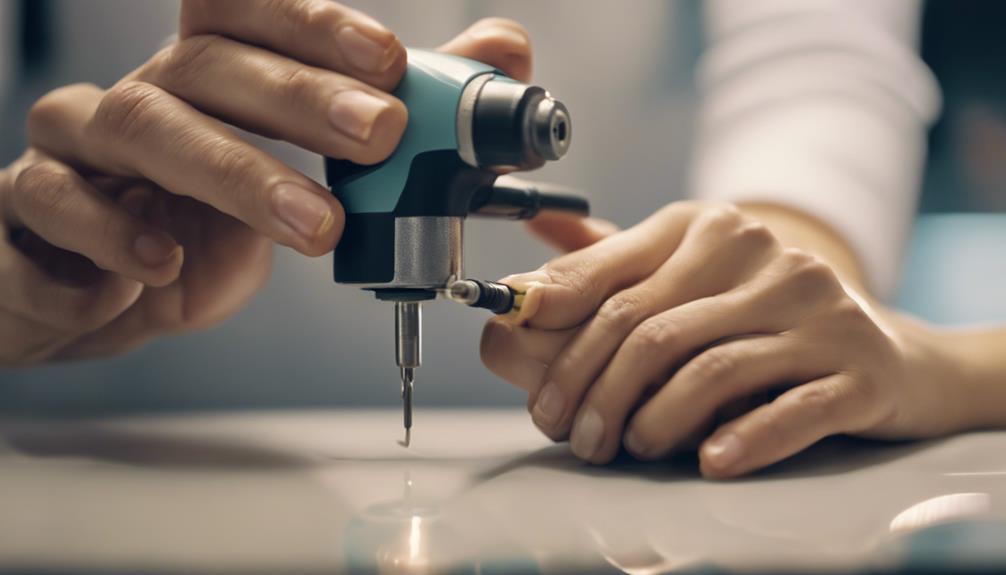
When delving into the world of nail care, understanding the basics of nail drills is essential for both professionals and DIY enthusiasts alike. Nail drills are versatile tools that can aid in shaping, filing, and buffing nails efficiently. These devices come in various sizes, speeds, and attachments, offering a wide range of options to cater to different nail care needs.
One fundamental aspect to grasp is the different types of nail drill bits available. From carbide to ceramic to diamond, each bit serves a specific purpose in the nail care process. Professionals often have a diverse collection of bits to handle various nail treatments effectively. DIY enthusiasts should familiarize themselves with the different bits and their functions to achieve desired results without causing harm to their nails.
Moreover, understanding the speed settings of a nail drill is crucial. Lower speeds are suitable for delicate tasks like buffing and shaping, while higher speeds are more appropriate for removing acrylics or gels. Knowing how to adjust the speed settings correctly can prevent unnecessary damage to the nails. Mastering these basics will enable both professionals and DIY enthusiasts to utilize nail drills safely and effectively in their nail care routines.
Potential Risks of Nail Drills
Nail drills, when used improperly or excessively, pose potential risks to the health and integrity of nails. One of the primary risks associated with nail drills is the potential for nail damage. Over-filing or applying too much pressure during drilling can lead to thinning of the nails, weakening them and making them more prone to breakage. Additionally, excessive drilling can cause heat buildup, leading to discomfort or even burns on the nail plate and surrounding skin.
Furthermore, improper use of nail drills can result in nail infections. If the drill bits are not properly sanitized between uses or if the drill is applied too aggressively, it can create small openings in the nail that serve as entry points for bacteria and fungi. This increases the risk of developing painful and unsightly infections.
To mitigate these risks, it is crucial to use nail drills with care, ensuring that they are operated at the correct speed and pressure. Regular maintenance and sterilization of drill bits are also essential to prevent infections. By following proper techniques and guidelines, the potential risks associated with nail drills can be minimized, allowing for safe and effective nail care practices.
Benefits of Using Nail Drills
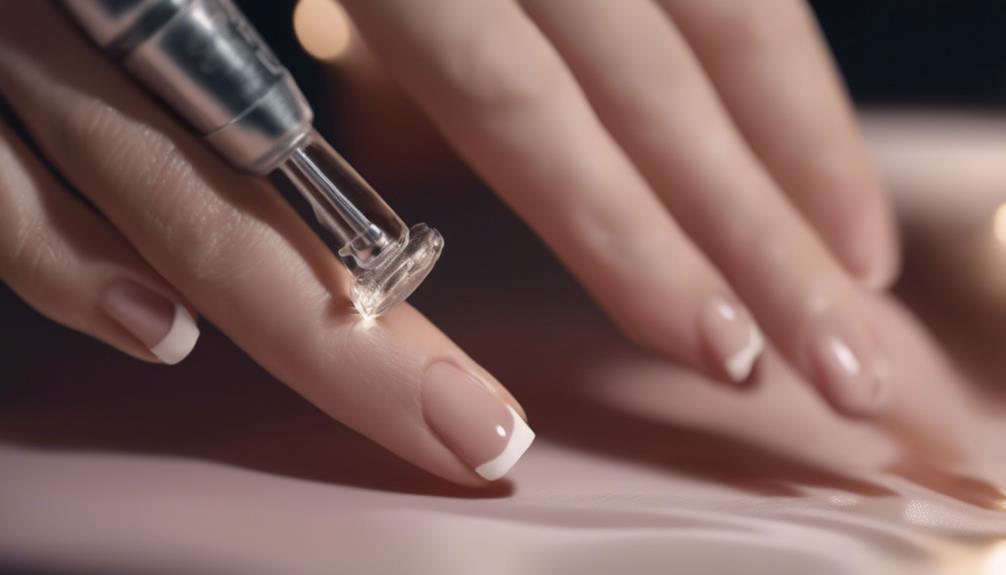
To fully appreciate the value of nail drills in nail care routines, it is important to consider the advantages they offer beyond mere cosmetic enhancements. Nail drills provide a range of benefits, making them a valuable tool in professional nail care services. Here are some key benefits of using nail drills:
| Benefits of Using Nail Drills | ||
|---|---|---|
| 1. Precision | 2. Time-saving | 3. Versatility |
| Nail drills allow for precise shaping and detailing of nails, ensuring a neat and uniform appearance. | Using nail drills can significantly reduce the time required for manicures and pedicures, increasing efficiency in nail care services. | Nail drills come with various attachments and speed settings, allowing for versatile use in different nail treatments. |
Incorporating nail drills into your nail care routine can elevate the quality of services provided, resulting in satisfied clients and improved efficiency.
How to Minimize Nail Damage
One effective approach to reducing potential nail damage involves adopting proper nail care practices. To minimize nail damage when using nail drills, start by keeping your nails well-moisturized and hydrated. Dry nails are more prone to damage, so using a good quality cuticle oil or cream regularly can help maintain nail health. Additionally, it's essential to invest in a high-quality nail drill with adjustable speed settings. Using the lowest speed possible for the task at hand can help prevent over-filing and minimize the risk of damaging the nail bed. Proper technique is crucial in minimizing nail damage, so ensure you are trained or have practiced using the nail drill correctly before attempting to use it on yourself or others. Finally, take breaks during the drilling process to prevent overheating and allow the nail to recover. By following these tips and maintaining a gentle approach, you can effectively minimize nail damage while using a nail drill.
Nail Drill Safety Tips
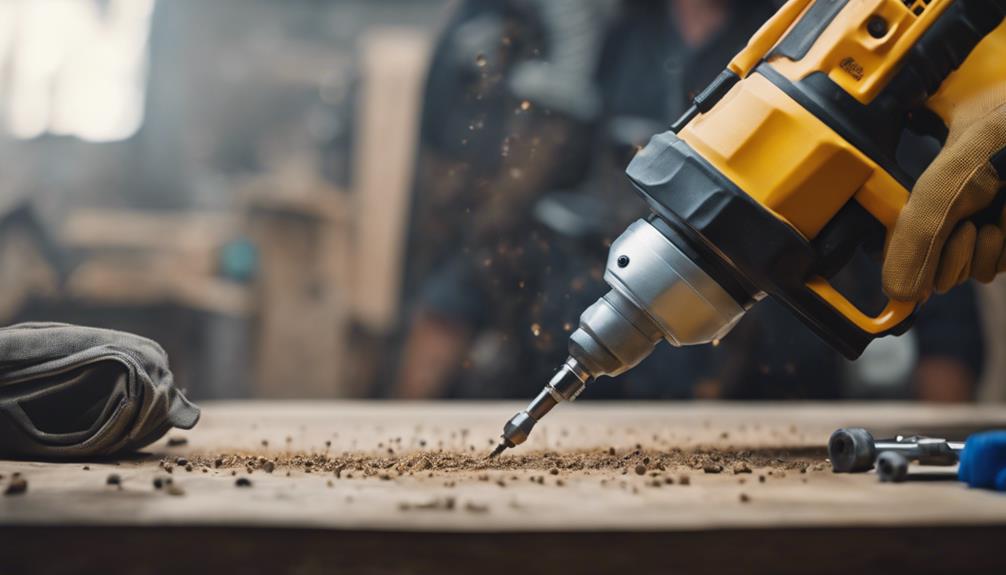
Enhancing the safety of nail drilling procedures requires adherence to meticulous guidelines and precautions. To ensure a safe and effective nail drilling experience, consider the following tips:
- Choose the Right Drill Bit: Select a drill bit that is appropriate for the task at hand. Different bits are designed for various purposes, such as removing gel polish, shaping acrylics, or filing natural nails.
- Control Speed and Pressure: Use the drill at a low speed to prevent heat buildup and minimize the risk of damaging the nail. Apply gentle pressure to avoid causing discomfort or injury to the client.
- Prioritize Sanitization: Regularly clean and sanitize your nail drill and drill bits to prevent the spread of bacteria and infections. Follow proper disinfection protocols recommended by health authorities.
- Monitor Nail Health: Keep an eye on the client's nail health and adjust your drilling technique accordingly. If you notice any redness, pain, or unusual reactions, stop immediately and seek professional advice.
Alternatives to Traditional Nail Drills
Exploring modern alternatives to traditional nail drilling techniques can offer practitioners and clients innovative options for nail care procedures. One such alternative gaining popularity is the electric file, also known as an e-file. E-files allow for precise filing and shaping without the excessive heat and pressure that traditional drills can sometimes inflict on nails. They offer adjustable speed settings, making them versatile for various nail types and procedures.
Another alternative to traditional nail drills is the use of manual tools such as nail files, buffers, and cuticle pushers. These tools provide a more hands-on approach to nail care, allowing for a gentle and controlled technique that minimizes the risk of nail damage. Additionally, manual tools can be more cost-effective and easier to sanitize between uses, promoting good hygiene practices in nail salons.
Frequently Asked Questions
Can Nail Drills Be Used on Natural Nails?
Nail drills can be used on natural nails, but caution is essential to prevent damage. Proper training on technique and speed control is necessary to ensure the safety and health of natural nails during the drilling process.
Do Nail Drills Cause Nail Thinning Over Time?
Nail drills, when used improperly or excessively, can lead to nail thinning over time. It is essential to follow proper techniques, use the right drill bits, and not apply excessive pressure to minimize the risk of nail damage.
Will Using a Nail Drill Make Nails More Prone to Breakage?
Regular use of a nail drill can result in weakening the nail structure, potentially making nails more prone to breakage. Proper technique, frequency, and maintenance are crucial to minimize any risk and ensure healthy nails.
Can Nail Drills Be Used on Acrylic or Gel Nails?
Nail drills can be used on acrylic or gel nails to shape, file, and smooth the surface. It is essential to follow proper techniques and use the appropriate drill bits to avoid damaging the nails.
Are There Specific Nail Conditions Where Nail Drills Should Be Avoided?
When addressing specific nail conditions, it's crucial to exercise caution with nail drills. Conditions like onycholysis, paronychia, and nail psoriasis warrant avoidance of drills to prevent exacerbating issues. Prioritize precision and protection to promote nail health.



